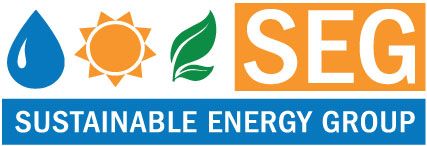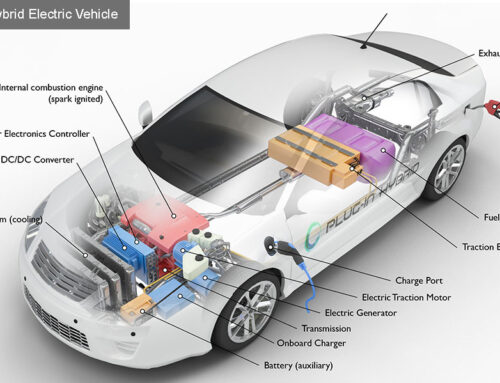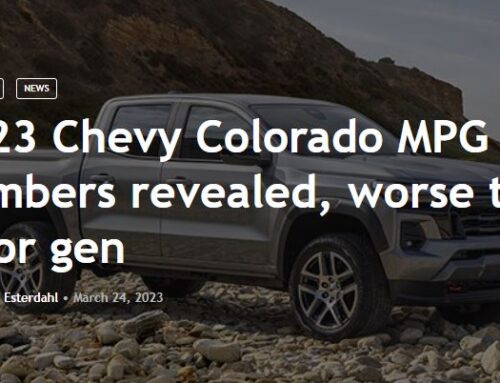Let’s get real… How Sustainable Is Our Community?
The State of our Food, Water, Shelter, Energy and Fire in the Sierra Foothills
*Before we finish writing SEG’s “Local Sustainable Guide” and the “How Sustainble Is Our Community?” articles we would love to hear what you think.
Your ideas may influence what we write in our 8 page insert for The Union’s special section called Going Green.
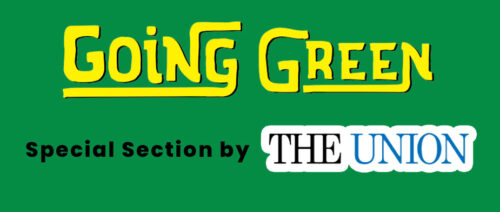


The idea:
Write a 1-2 page state of the community address, talking about categories like food and water and how we are “doing” when we look at them from the lens of sustainability.
For us, Sustainability means, meeting our own needs without compromising the ability of future generations to meet their own needs. This involves decreasing pollution, using more renewable resources and preserving our natural world.
Using Maslow’s hierarchy of needs, we will discuss first, the foundation of our physiological needs (food, water, shelter, waste disposal), then climbing up a level to security and shelter to include fire and energy.
Creating a written eco-report card on our community’s basic needs.
Where: We will base our report in the region of the Northern Sierra Foothills.
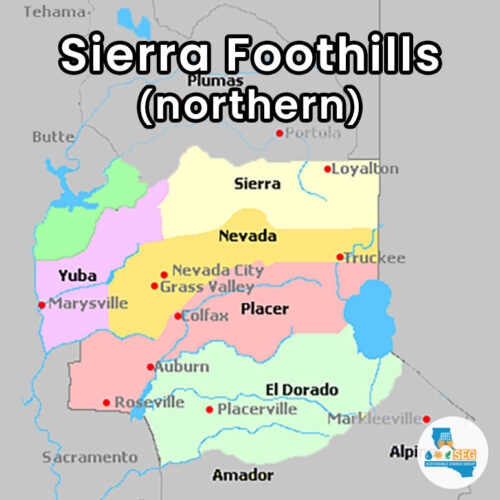


How your thoughts can be heard:
Answer or comment to the question of “How are we doing?” for any of the below numbered sub-categories.
Use the lens of – Is it sustainable, eco-minded, environmentally friendly and to what level? Is the resource polluted and/or what direction is it going?
Directions: In 2-3 sentences, 1 sub category at a time, how would you describe each subcategory below in our NW Sierra Foothills? You can respond by filling the text area below and clicking submit.
How environmentally sustainable is our local:
A. Food
- Vegetables
- Fruits & Berries
- Meat, Pork & Poultry
- Eggs & Milk
*key ideas – is it organic, grass fed and finished, regenerative, polluting, available?
B. Water
- Rivers & Lakes (4-5 sentences, Yuba, American, Bear Rivers & the Deer and other major creeks)
- Tap water
- NID irrigation water
- Well water
- Snow & Rain
*key ideas – can we drink it, is there enough, is it polluted,what are we doing to clean it?
C. Fire & Shelter
- Fire resiliency in our housing stock and housing locations
- The use of Building Techniques like cob, ceramic, straw bail, +
- Human caused fires and encampments
- For profit utilities (PG&E) vs proper maintenance of infrastructure
- Home fire protection and hardening in general
- Fire protection methods in terms of sustainability (controlled burns, fire retardants, +)
- Surrounding forest being cleared properly
key ideas – are we on the right track for fire protection, what can we do, are we hurting the environment in our practices and lifestyles?
D. Energy
- Adoption of sustainable energy
- Power outage preparation
- Rising costs of centralized energy (PG&E)
key ideas – what percent of energy is sustainable, are we getting better or worse, what is sustainable energy (read here) ?
E. Waste
- Disposal (where, how, amount per person)
- Recycling
- Human Waste
- Composting
* key ideas – how much waste do we create per capita, is that sustainable, are we actually recycling or thinking we are, what can we do better?
E. Infrastructure & The Future
- Support for sustainability
- Education for sustainability
- Fire protection and (or vs) the environment
*key ideas – what support and organizations are out there, are they effective, how is our education on helping the environment, what is the general feeling and direction we are going?
Try to think of the levels of each. How clean is the Water? How organic is the Food? How sustainable is our housing and security knowing fire is one of our biggest issues? How sustainable is the energy we use? Are we teaching the future how to help the planet? Are we providing support sustainability from organizations, private and public sectors.
Example:
A1: Vegetables
In the Northern Sierra Foothills small farmers are producing a good amount of organic food and making it available in farmers markets and some local supermarkets but there are quite a few super markets and farmers market stalls that sell not so sustainably produced vegetables and conventional produce all over town. Compared to other regions, we have quite a few small farmers, CSA’s and offer support for small sustainable farmers that have shown that we can try to feed ourselves when things hit the fan. Can we feed our whole population locally? I don’t think we are there yet but I feel like we are doing pretty good and growing in the right direction.
A2: Fruits, Berries
How much fruit and berries are available organically is hard to say, I know they grow locally in some small farms, and on micro-farms, but I feel we still need to be supplemented by out of town growers but there are pockets of fruits and berries to share in our local communities. I think we could do better and I would love it if we thought creatively about planting more fruit trees even in public areas to heighten food security. Fruit Trees = Food Security except in winter months where hoop houses and greenhouses would really help and in opinion we can have more of. When food was getting scarce in the early stages of Covid, I felt we got lucky that it was the beginning of harvest season for early crops.
Side Note:
Gleaning programs like the one that Sierra Harvest stewards are amazing ways that our community gets fresh local food in the hands of our unfortunate and we are lucky also to have food banks that offer some produce and some organic food.
How would you word the above section differently or what would you add?
A3: Meat, Pork and Poultry
Can you help me write this section? Or any other section above?
–
Please send us your thoughts here, by filling out this form:
Your Thoughts
